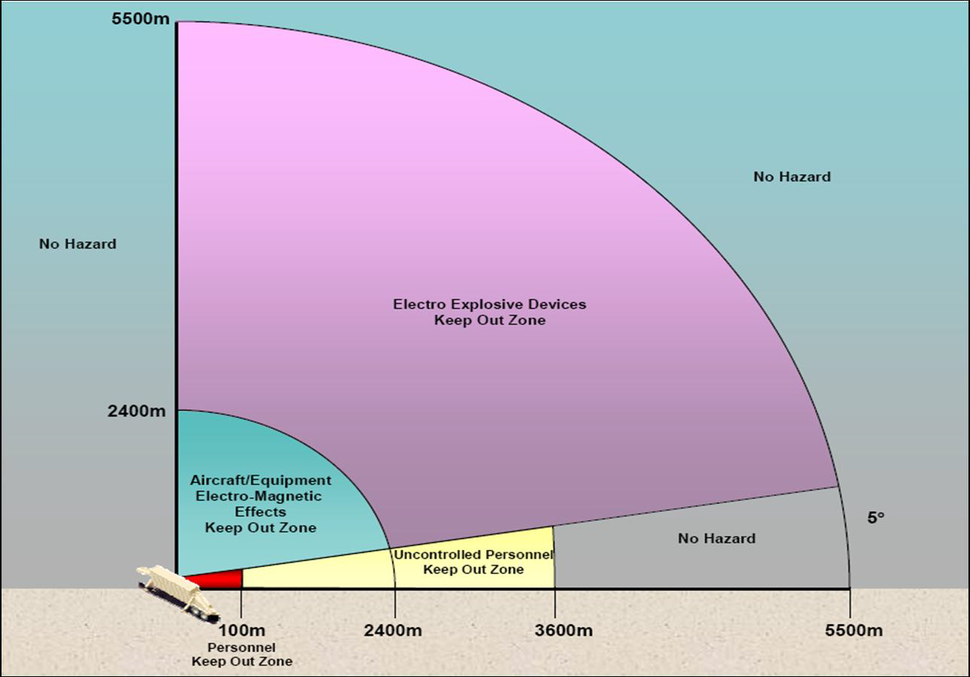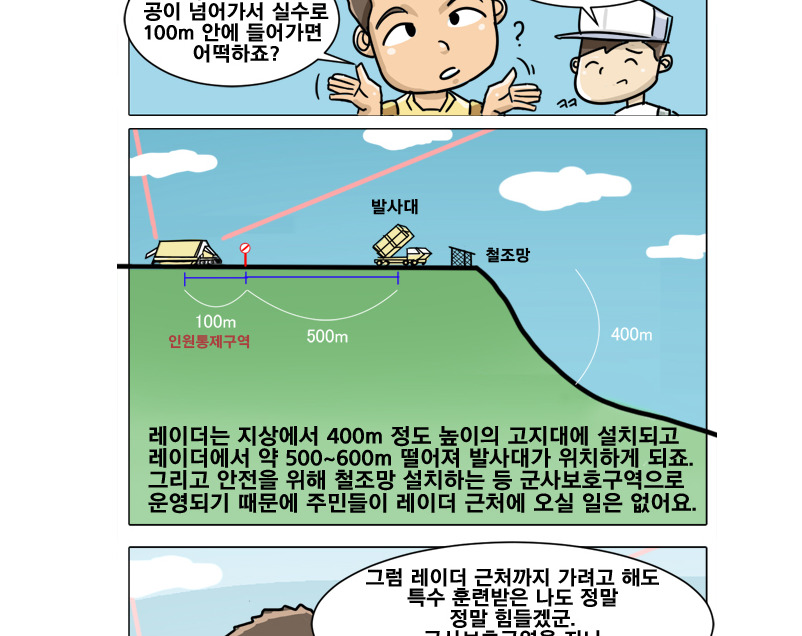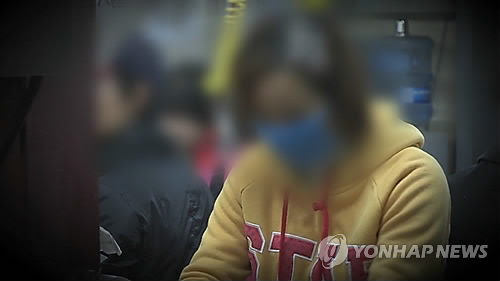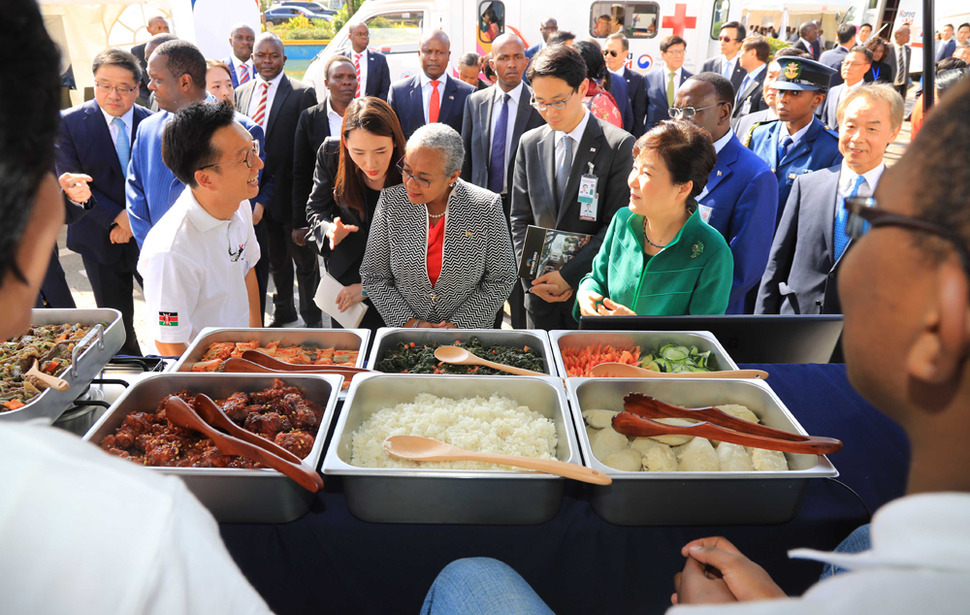 |
|
President Park Geun-hye and Kenyan first lady Margaret Kenyatta talk to the cooks at a Korea Aid test event in Nairobi, May 31. (Yonhap News)
|
Global institutions call South Korea a “climate villain”(hankyoreh)
#climate_change #Korea #ICCA #climate_vilain
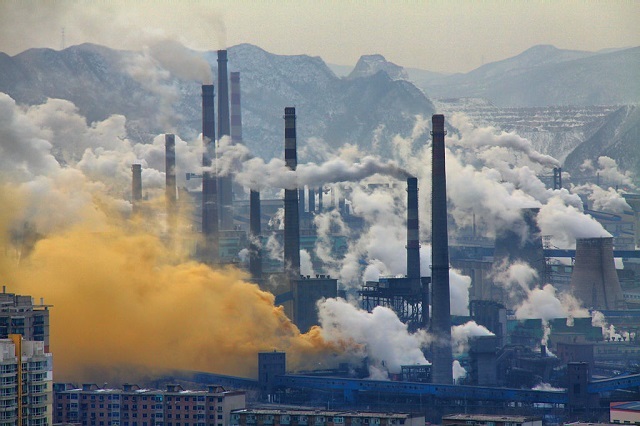 |
Support for coal-fired power plants and abandonment of emission reduction targets cited as reasons for low assessment
South Korea has been named a leading “climate villain” for 2016 by institutions researching a response to global climate change.“Climate villains” is a term referring to countries that have been most irresponsible and negligent about responding to climate change.The Institute for Climate Change Action (ICCA), headed by Ahn Byeong-ok, announced on Nov. 6 that South Korea had been named alongside Saudi Arabia, Australia, and New Zealand as one of the world‘s four biggest climate villains on Nov. 4 by the climate change online news outlet Climate Home based on analytical findings from Climate Action Tracker (CAT). CAT is a consortium of independent research institutions jointly founded in 2009 by the three international climate change research agencies Climate Analytics, Ecofys, and NewClimate Institute. Every year, it tracks reduction activities in 32 major countries responsible for greenhouse gas emissions and publishes analytical findings.Reasons given for South Korea’s inclusion as a climate villain included the steep rate of increase in its per capita greenhouse gas emissions, its financial support for coal-fired power plant exports, and its abandonment of greenhouse gas reduction targets for 2020.“This isn’t the first time South Korea’s climate change response capabilities have been rated among the world‘s lowest,” said ICCA. “The Climate Change Performance Index (CCPI) for 2016 published on Dec. 8 of last year by the private institute German Watch and CAN Europe showed it ranking 54th among the 58 countries surveyed. It had fallen 23 spots in just five years, solidifying its image in the international community as a ’rogue climate state.‘”It’s an image that “is very likely to hurt national prestige and bring about monitoring and controls by the international community that are going to create difficulties in terms of foreign affairs and the economy,” ICCA added.“To overcome this situation and respond to the new climate regime, we‘re going to need to return climate change policy to its rightful place after all the backsliding under the Park Geun-hye administration,” it said.By Kim Jeong-soo, senior staff writer
Article from http://bit.ly/2fhZIns

